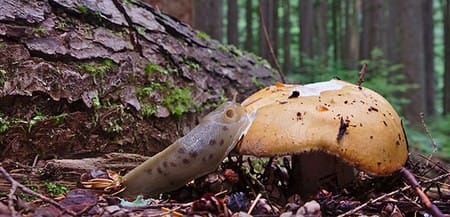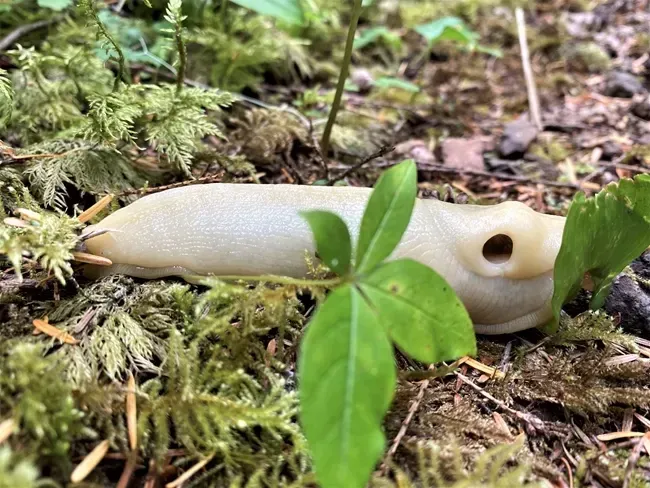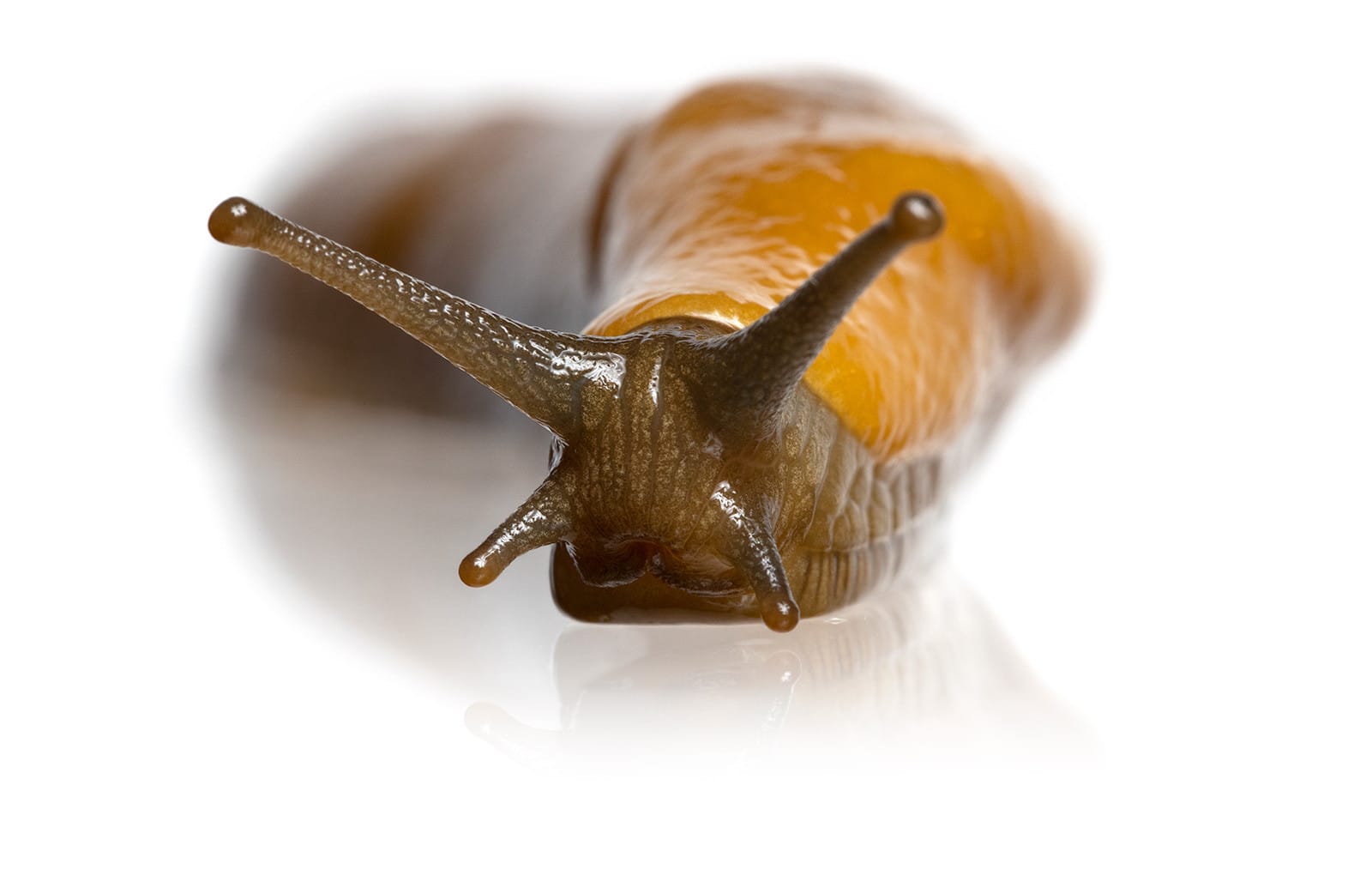The Banana Slug: A Slimy, Yet Vital, Resident of Washington's Forests
Banana slugs love the moist environments that dominate the Pacific Northwest.

Hikers traversing the lush trails of Washington state often encounter a peculiar creature that embodies the damp, verdant beauty of the Pacific Northwest: the banana slug. While their slimy exterior might not inspire immediate affection, these gastropods are fascinating creatures that play a crucial role in the forest ecosystem. Next time you're exploring the wilderness, keep an eye out for these remarkable slugs and consider these intriguing facts.

The banana slug's most notable feature is its slime, a multifaceted substance that is essential for its survival. The slime, or mucus, starts as dry granules that absorb water from the slug's surroundings. Upon contact with water, a granule can absorb several hundred times its volume, enabling the slug to create maximum lubrication with minimal effort. The slime helps them move, stay hydrated, and even defend against predators. When threatened, banana slugs produce extra slime, which can be sticky and even contains an anesthetic that numbs a predator's mouth.

These slow-moving creatures, clocking in at an average speed of 6.5 inches per minute, are vital members of the forest community. As detritivores, banana slugs consume dead organic matter, such as fallen leaves, moss, and animal droppings, recycling nutrients back into the soil. Their excrement acts as a nitrogen-rich fertilizer, promoting plant growth. Interestingly, banana slugs avoid eating redwood tree seedlings, perhaps to protect the trees that provide their ideal habitat. Their role in decomposition and nutrient cycling is crucial for maintaining the health and vitality of Washington's forests.